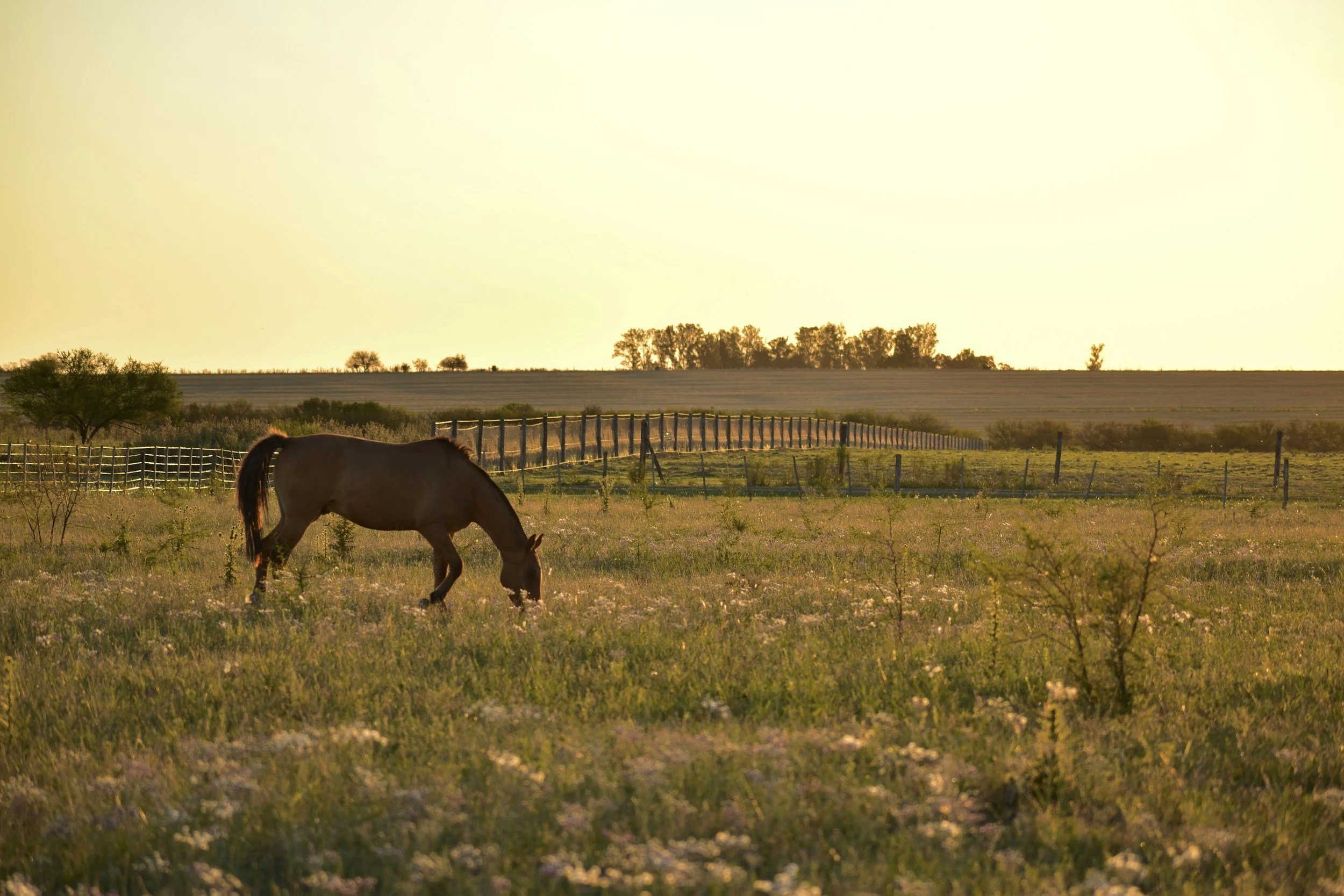Note By: Ben W. Alderton; Originally published in JNREL Vol. 19, No. 2
Abstract By: Brandon Wells, Staff Member
Land that the Department of Defense (“DOD”) has been entrusted with for the training of military personnel has increasingly become a refuge for many threatened and endangered animals. Questions about what the DOD should do in this scenario have led to the solution of allowing the DOD to purchase lands surrounding training grounds and designating them as conservation lands. But, another question has arisen from these purchases of conservation lands. When acquiring conservation lands, should the DOD (or any other military department) be required to comply with the National Environmental Policy Act (“NEPA”) and prepare an Environmental Assessment (“EA”)?
NEPA is only triggered by a “major federal action”, and once triggered, requires the federal agency to complete an EA. An EA can result in one of two outcomes, either a finding of no significant impact (“FONSI”) or a duty to prepare an Environmental Impact Statement (“EIS”). Since acquiring conservation land would seem to lead to a FONSI, it seems wasteful to require a government agency to expend time and resources in preparing an EA. However, recent case law has not lead to a definitive answer.
“NEPA is a procedural statute that demands that the decision to go forward with a federal project which significantly affects the environment to be an environmentally conscious one.” Sabine River Auth. V. U.S. Dept. of Interior, 951 F.2d 669, 676 (5th Cir. 1992). The federal agencies have the responsibility for issuing the EA and the FONSI or EIS. Before the DOD or other federal department can issue a FONSI, they have to also issue an EA. An EA is not to be taken lightly, and can result in high expenses in both cost and time to federal departments.
The court in Sabine River came close to resolving this issue. The holding in Sabine River seemed to indicate that acquiring a conversation easement was merely maintaining the status quo, and therefore NEPA was not triggered. However, there was no specific language in the case stating NEPA was not triggered. Also, in Sabine River the federal agency had already prepared an EA, failing to answer the question of whether the EA was actually required.
There has been a circuit split on the issue of whether NEPA is triggered when the Department of the Interior is designating a critical habitat under the Endangered Species Act (“ESA”). Pacific Legal dealt with the specific issue of whether the federal agency must prepare an EIS when listing endangered species. The court in Pacific Legal noted that “the legislative history [suggests that NEPA] was not intended to be applied to agencies whose function it was to protect the environment.” Pacific Legal Found. v. Andrus, 657 F.2d 829 (6th Cir. 1981).
The Ninth Circuit case of Douglas County v. Babbitt addressed the issue of whether a federal agency triggered NEPA when it was acting within the statutory scope of the ESA because an EA had been prepared prior. Douglas County v. Babbitt, 48 F.3d 1495 (9th Cir. 1995). The court in Douglas County determined that NEPA did not apply to the designation of a critical habitat. However, in Catron County, the Tenth Circuit concluded that NEPA was triggered when designating a critical habitat under the ESA. Catron County Bd. of Comm’rs. v. Babbitt, 75 F.3d 1429 (10th Cir. 1996).
Even though the cases resulted in different outcomes, one possible explanation may be that in Douglas County the designation of habitats only affected federal lands. In Catron County some of the designated land potentially affected land owned by the county. Questions of standing such as these lead to the question of whether a challenge can be made to not preparing an EA in response to acquiring conservation easements.
A plaintiff who asserts purely economic injuries does not have standing to challenge any agency action under NEPA. Douglas County, 48 F.3d at 1499. Therefore, the plaintiff challenging the agency action must have some concrete and cognizable interest in the suit. Courts seem to be lenient in allowing plaintiffs to proceed, but one major group, developers, will undoubtedly be excluded by this standing requirement.
Thus, after much discussion, the question still remains as to whether the DOD must prepare an EA when acquiring these conservation easements. Sabine River seems to indicate that NEPA may not be triggered, but in that case an EA had already been filed prior to acceptance of the easement. The circuit split between Douglas County and Catron County doesn’t do much except to confuse the issue. Until the issue is taken up by Congress or the Supreme Court, the mystery will remain. In the meantime, prudence will likely require the DOD to prepare an EA to protect itself from litigation when acquiring conservation lands.






